博文
人工智能伦理治理: 一个整合性分析框架|Journal of Digital Economy
||
本研究为人工智能伦理治理分析框架提供了新的视角,从社会系统视角识别了人工智能伦理治理的四个基本问题,从人工智能研发的全生命周期视角构建了人工智能伦理治理的路径选择,并创造性地将角色配置与伦理治理联系起来,赋予多元主体以协同式的职责分配,从而在人工智能伦理治理中形成协同式的行动网络,多元主体在不同情境下承担不同的角色。
近期刊载于Journal of Digital Economy期刊的论文"Ethical governance of artificial intelligence: An integrated analytical framework"发表了这项研究。 随着算力、算据、算法的不断演进,人工智能已经渗透到知识、技术、产品的整个生产过程,成为了经济社会数字化变革的核心驱动力。与此同时,人工智能的研发对既有的伦理道德秩序造成了冲击。新兴技术面临着伦理挑战,随着时间的推移,这些技术的伦理治理也在不断发生变化。每一次治理范式的超越都体现出人们逐渐从“科学理性”转向“社会理性”,到更高的“伦理道德”求索的趋势,为人工智能伦理治理提供了丰富的理论营养。 人工智能伦理治理是一个问题识别、路径选择与角色配置的复杂综合工程。在问题识别层面,人工智能伦理问题的生成域场包括技术系统、价值系统、创新系统和秩序系统,风险概率失控、伦理关系失调、伦理行为失范和伦理结果失序是四大系统伦理问题的基本样态;在路径选择层面,人工智能伦理治理需在研究开发、设计制造、实验推广和部署应用的技术生命周期阶段,分别实施相应的伦理嵌入、伦理评估、伦理调适、伦理建构等治理策略;在角色配置层面,多元主体应在在不同治理情景策略下分别承担伦理事实信息提供者、伦理专业知识提供者、伦理分析思路提供者、伦理情绪感受表达者和伦理规制工具提供者等不同的角色定位。发表在Journal of Digital Economy期刊的论文"Ethical governance of artificial intelligence: An integrated analytical framework"提出了一个人工智能伦理治理的整合性分析框架,并结合自动驾驶汽车的案例,详细阐释了人工智能伦理治理的实践应用性。 Figure 1 Problems identification in the ethical governance of artificial intelligence, CREDIT: The AUTHORS Figure 2 Path selection: Ethical governance of artificial intelligence, CREDIT: The AUTHORS Figure 3 Role configuration: Ethical governance of artificial intelligence, CREDIT: The AUTHORS 文章信息 Ethical governance of artificial intelligence: An integrated analytical framework Lan Xue, Zhenjing Pang 作者简介 Lan Xue (薛澜) 清华大学文科资深教授,清华大学苏世民书院院长,清华大学人工智能国际治理研究院院长,研究领域为公共政策与公共管理,科技创新政策,危机管理及全球治理。 Zhenjing Pang (庞祯敬) 管理学博士,清华大学人工智能国际治理研究院助理研究员,研究领域为科技政策与科技治理。 期刊简介 工业革命将人类从早期的农业社会转变为工业化时代,而21世纪则见证了数字文明的崛起。Journal of Digital Economy (JDE)由清华大学社会科学学院经济学研究所与科爱共同创办,致力于阐明这个数字时代是如何扩展、重组和挑战现有知识和传统方法的。JDE是一个多学科的平台,包括但不限于经济学、管理学、社会学、政治经济学,计算机科学和环境科学。JDE研究如何在数字时代提高经济福祉、社会公平和环境可持续性。JDE欢迎以实践和政策为导向的研究,以应对我们这个时代特有的挑战和利用机遇。 主编 戎珂 清华大学社科学院经济学所 清华大学长聘教授、博导 研究方向为商业/创新生态系统、数字经济和数据生态 推荐阅读
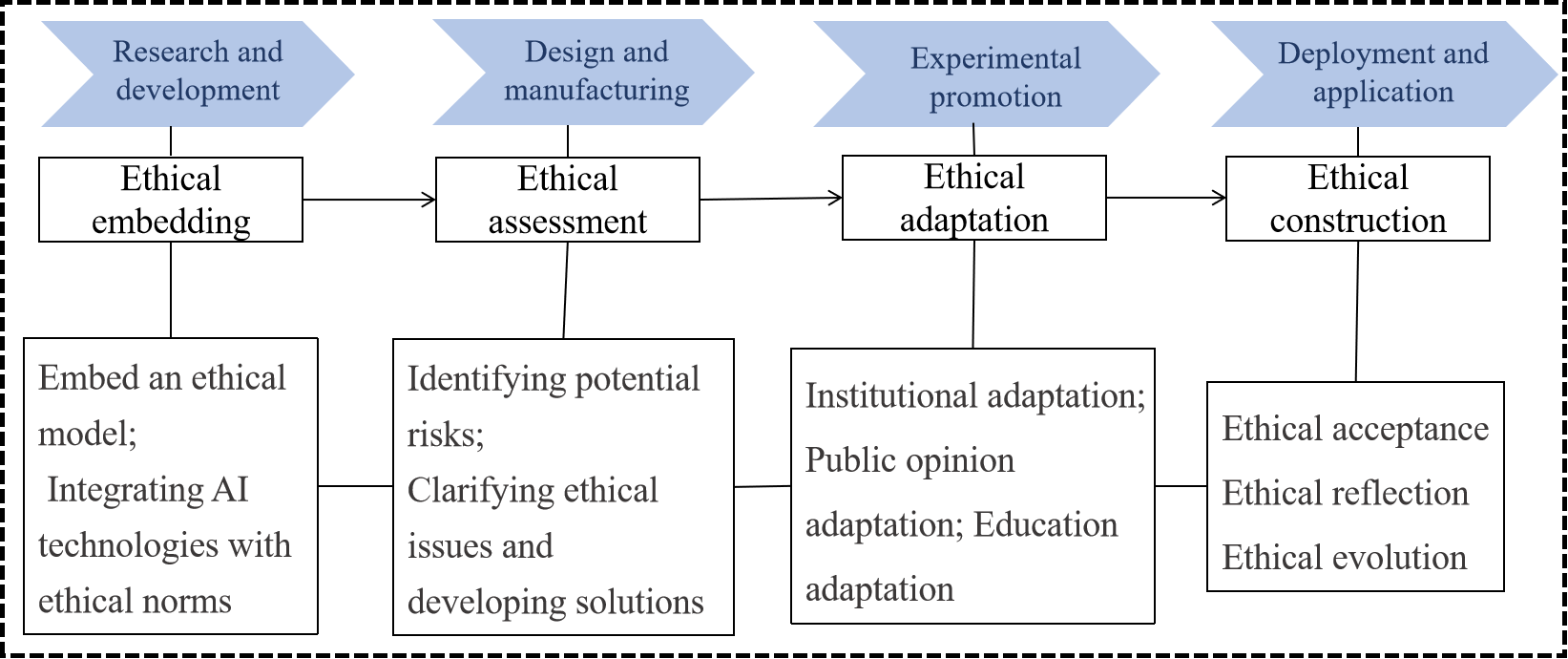
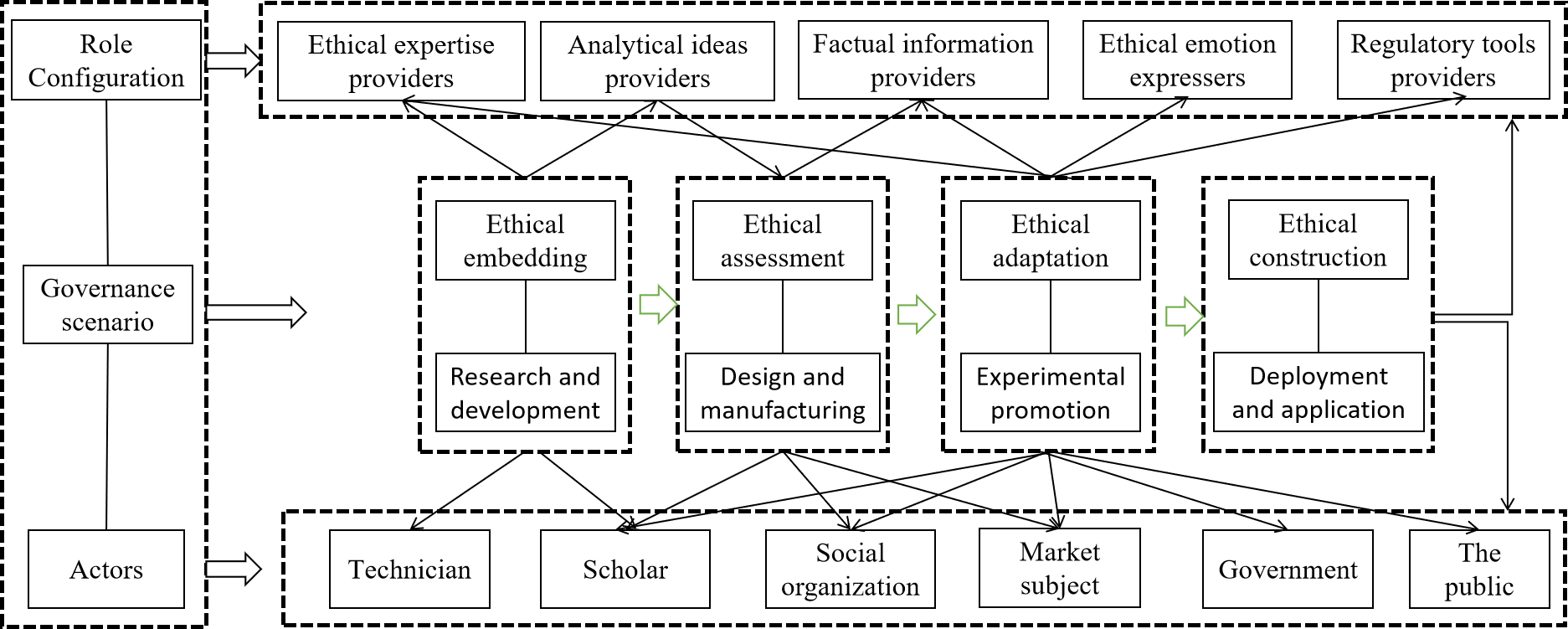




Ethical governance of artificial intelligence: An integrated analytical framework
Summary: The study provided a new insights into the analytical framework of ethical governance of AI, the authors deconstructed the four basic forms of ethical issues in artificial intelligence from the perspective of social systems, constructed the path selection of ethical governance of AI from the perspective of the whole life cycle of AI research and development, and linked role configuration with ethical governance creatively, we assign collaborative responsibilities to multiple actors to form a collaborative action network in the ethical governance of AI and assume distinct roles.
Main text: With the increased computing power, availability of big data, and advances in algorithm, AI has permeated to the entire production process of knowledge, technologies, and products. In particular, AI has become the core driving force for the digital and economic transformation. The progress in AI research and application has also influenced the existing ethical and moral order. Emerging technologies have faced ethical challenges, and ethical governance has changed over time managing these technologies. The governance paradigm has gradually changed from scientific rationality to social rationality and ultimately to a higher ethical morality. The trend of seeking higher levels of ethics and morality provides a rich theoretical underpinning for the ethical governance of artificial intelligence (AI), which is a complex and comprehensive project that involves problem identification, path selection, and role configuration. Ethical problems in AI can also be identified in technology, value, innovation, and order systems. In the four major systems, the basic patterns of ethical problems can become uncontrolled risks, behavioral disorders, and ethical disorders. When considering the path selection, AI governance strategies such as ethical embedding, assessment, adaptation, and construction should be implemented within the technology life cycle at the stages of research and development, design and manufacturing, experimental promotion, and deployment and application, respectively. Looking at role configuration, multiple actors should assume different roles, including providing ethical factual information, expertise, and analysis, as well as expressing ethical emotions or providing ethical regulation tools under different governance strategies. This study provides a comprehensive discussion regarding the practical applicability of AI ethical governance using the case of autonomous vehicles.
Image:
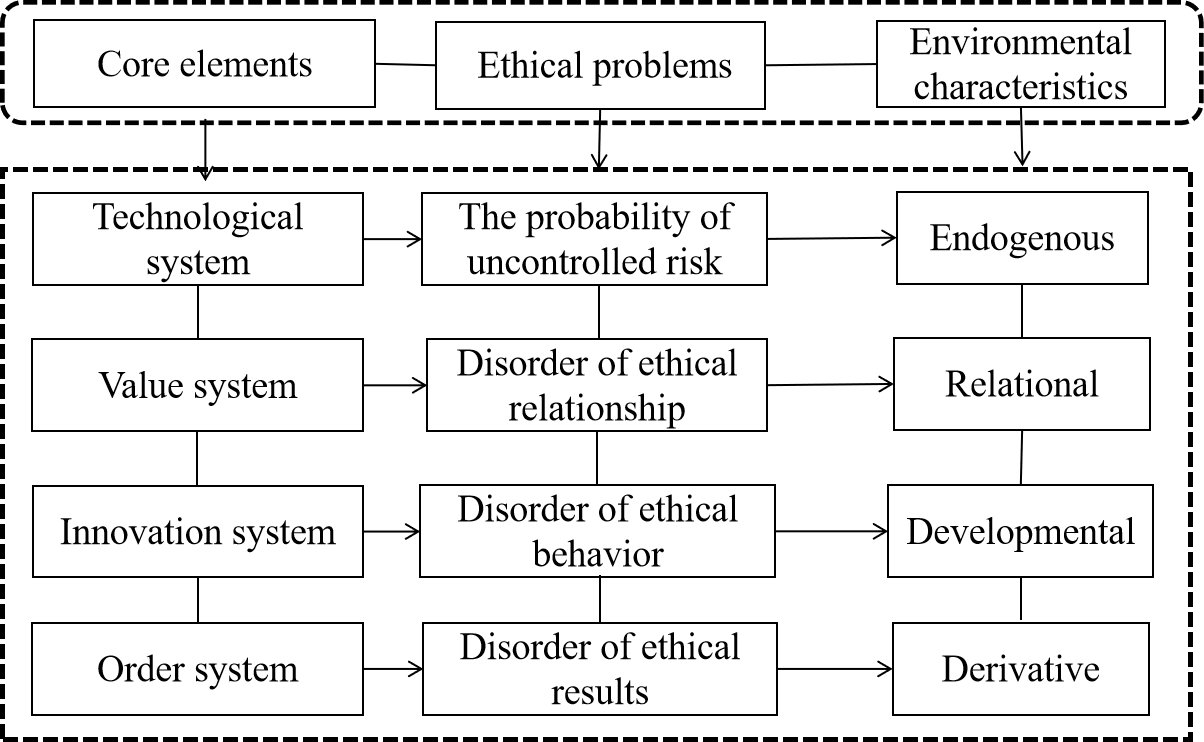
Figure 1 Problems identification in the ethical governance of artificial intelligence, CREDIT: The AUTHORS
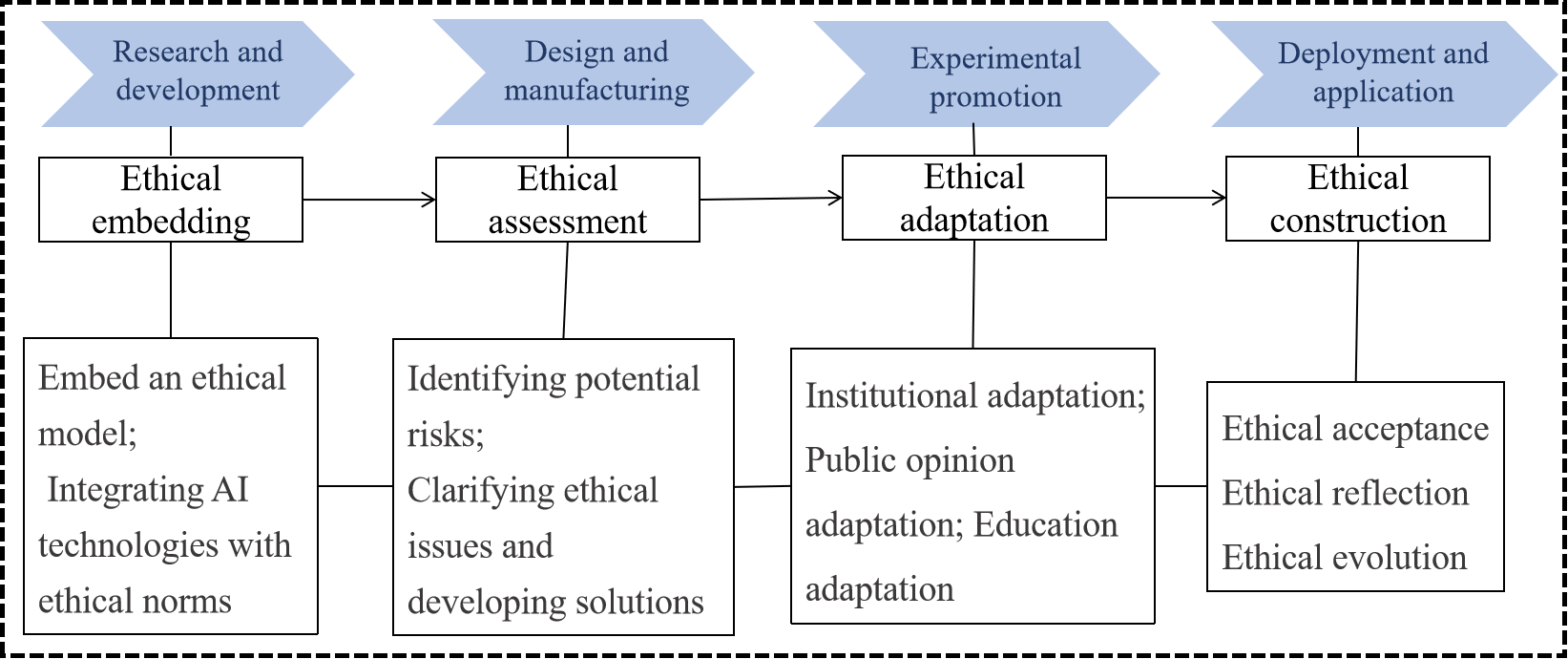
Figure 2 Path selection: Ethical governance of artificial intelligence, CREDIT: The AUTHORS
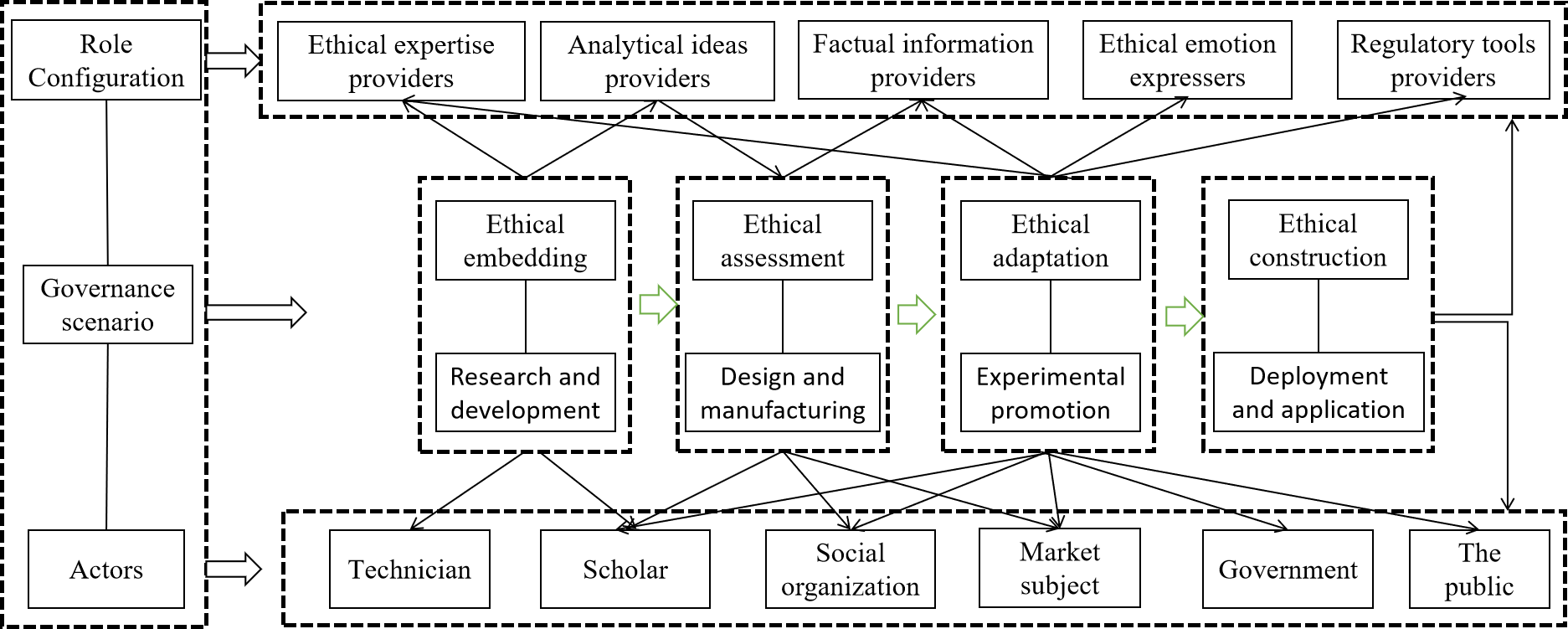
Figure 3 Role configuration: Ethical governance of artificial intelligence, CREDIT: The AUTHORS
Contact author details: Pang Zhenjing; School of Public Policy and Management, Tsinghua University, Beijing, China, 100084; Email: pangzhenjing@foxmail.com.
Funder: This research was part of the project of The National Natural Science Foundation of China (71790611), National Key R&D Program of China (2020AAA0105300) and China Postdoctoral Science Foundation (2022T150363)
Journal: Journal of Digital Economy
DOI: https://doi.org/10.1016/j.jdec.2022.08.003
Article title: Ethical governance of artificial intelligence: An integrated analytical framework
Conflict of interest: The authors declare that they have no known competing financial interests or personal relationships that could have appeared to influence the work reported in this paper.
https://blog.sciencenet.cn/blog-3496796-1358514.html
上一篇:KeAi Talks┃SMM系列研讨会第二场即将开讲!
下一篇:KeAi 招聘┃[医学专业背景] 副出版人/出版人